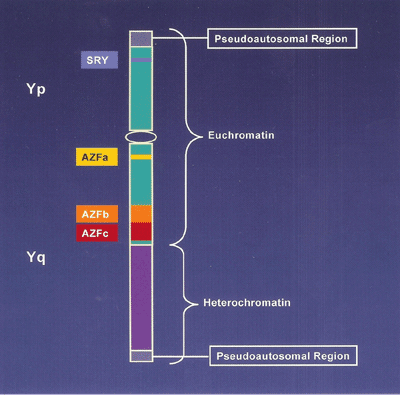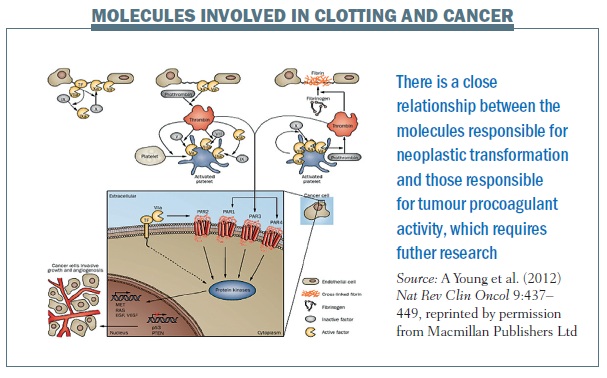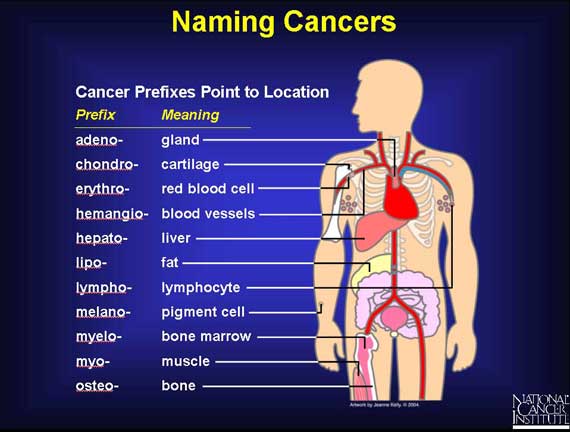How To Test For Male Infertility
Male Fertility Testing
 In many couples, getting a baby is a dream come true. Getting pregnant is not always effortless and may require medical assistance. Finding the causes of infertility is the first step. In about half the cases of couple infertility, the man may have reproductive issues. It is not that serious usually with very few cases being diagnosed as sterile. That said, man can expect to go through one of the following tests with tests getting more serious with each one: sperm and semem analysis, hormone assessment or genetic testing. It is pretty invasive both physically and emotionally. To whether the storm it is recommended you actually share past history with your partner before it is pried out into the open.
In many couples, getting a baby is a dream come true. Getting pregnant is not always effortless and may require medical assistance. Finding the causes of infertility is the first step. In about half the cases of couple infertility, the man may have reproductive issues. It is not that serious usually with very few cases being diagnosed as sterile. That said, man can expect to go through one of the following tests with tests getting more serious with each one: sperm and semem analysis, hormone assessment or genetic testing. It is pretty invasive both physically and emotionally. To whether the storm it is recommended you actually share past history with your partner before it is pried out into the open.
Physical examination
A physician will do a full physical examination. They will be looking at the testes, penis and other connecting organs for wholeness and good health. All body systems will be observed for general health and signs of disease. After a physical examination, one gets a chance to give a detailed medical history.
- Non-medical diagnosis
A detailed and frank discussion on sexual history will need to be taken. Whether alone or as a couple, there needs to be a complete itinerary on sexual partners and experiences. Any incidents and accidents for example venereal diseases, late adolescence, premature ejaculation are up for discussion. This will help the doctor identify sexual history and risk factors.
In this discussion, there will be a section on lifestyle issues. Lifestyle factors like diet, exercise, illicit drug use, smoking, stress etc. need to be revealed to appropriately diagnose the cause of infertility. Any lifestyle issues stressing the body’s reproductive systems can be identified from this simple test. It might be a bright idea to have your partner complete a similar questionnaire on the man’s lifestyle as sometimes there is a bias towards underestimating the damage we do to our bodies.
Next up will be discussion on medical and reproductive health. All major diseases like cancers, polio, surgeries, untreated illness and long term symptoms (e.g. migraines) will have to be revealed. Next up will be a revelation of any long term medications and any hereditary diseases.
- Sperm and semen analysis
To conduct a thorough sperm and semen analysis, a fresh sample should be given to the testers. Ideally the subject should have a full load with no sexual interaction 72 hours before the test but no longer than a week as it can alter the results of the test. The sample should also not get to the lab as soon as possible, ideally no longer than 4 hours after ejaculation.
The test will be done to determine the quality and amount of semen a man produces in one ejaculate. Normal semen comes out as a thick gel becoming less viscous and finally turning liquid after 20 minutes. The pH also needs to be optimal for sperm survival. Fructose feeds sperm during their journey. High fructose levels are therefore needed for successful conception. Examination of the number of sperm per mililitre will be conducted. Sperm needs to be normally shaped with complete genetic information for successful conception. The sperm also need to have motility – that is, in most of the sperm need to be moving forward. There also needs to be an adequate number of sperm in the ejaculate.
In the most direct way possible, a sperm and semen analysis is the most direct of the fertility tests as it analyses the viability of conception.
- Hormonal testing
Men’s fertility is mainly stimulated by the hormone testosterone. The androgen is mainly produced in the testicles with adrenal glands creating a supplementary role. Testersterone causes the body to make sperm. When it is low, the pituitary glands create a luteinizing hormone signaling the testicles to compensate. This feedback loop is very important for the balance of hormones and continued fertility. When testing for fertility, one may find that there is either a predominance of testosterone or luteinizing hormone
Hormonal testing is important to find out if there are any background issues in suspected infertility and whether it is temporary, or has existed for a while. It will find reveal whether other organs in the endocrine systems are functioning optimally. The woman would benefit from a similar test for the same reasons.

Genetic testing
This is often the last test if other tests and investigations have not revealed a cause of infertility. Approximately 15% of couples who experience infertility have genetic issues. It is especially recommended for older couples and people with hereditary conditions. A family history with Down ’s syndrome, sickle cell disease, Alzheimer’s disease may choose to have more information on their genes. Any children borne to the couple stand a chance of exhibiting any of the hereditary diseases.
A blood sample is taken to analyze chromosomal material. The chromosomes in DNA determine sex characteristics and in an indirect way fertility. They come in pairs for example XX or XY. On occasion, there are abnormalities in the set-up and structure of the sequence causing trouble. The individual may be missing or have extra copies of the ‘sex’ chromosomes. A malfunctioning Y chromosome could affect the normal production of sperm. There might also be a problem with the internal structure of the chromosomes themselves, resulting in an untenable pregnancy. Some mutations of cystic fibrosis have been known to affect the reproductive capability of the carrier. It is therefore necessary to have that test done as well to rule it out.
In conclusion, diagnosing male infertility requires a detective work and elimination of possible factors. It can also take a long time, straining the stamina and resolve in a couple. Counselling throughout the process may do much good in strengthening the couple and preparing them in the eventuality of sterility.
Male Fertility Testing
Related articles








 This, therefore, calls for an integrative approach to treatment that arrests the process of metastasis while at the same time promoting optimal growth and reducing the possibility of cancer – related thrombosis. There are several things that such an approach is made up of which include the use of botanicals, botanical compounds, enzymes, nutritionals, diet and life-style changes.
This, therefore, calls for an integrative approach to treatment that arrests the process of metastasis while at the same time promoting optimal growth and reducing the possibility of cancer – related thrombosis. There are several things that such an approach is made up of which include the use of botanicals, botanical compounds, enzymes, nutritionals, diet and life-style changes.





 The sparkle goes out of perfectly normal marriage every once in a while. It is unusual however to have continued months, or even years of celibacy in marriage. Conjugal relations can become ‘dead’ and unstimulating, becoming just another chore on a long to-do list.
The sparkle goes out of perfectly normal marriage every once in a while. It is unusual however to have continued months, or even years of celibacy in marriage. Conjugal relations can become ‘dead’ and unstimulating, becoming just another chore on a long to-do list.





 There is a complex interaction among the factors of diet,
There is a complex interaction among the factors of diet, 
 MIA GORDON – Lung cancer
MIA GORDON – Lung cancer











 Understanding Male Sexual Problems
Understanding Male Sexual Problems

